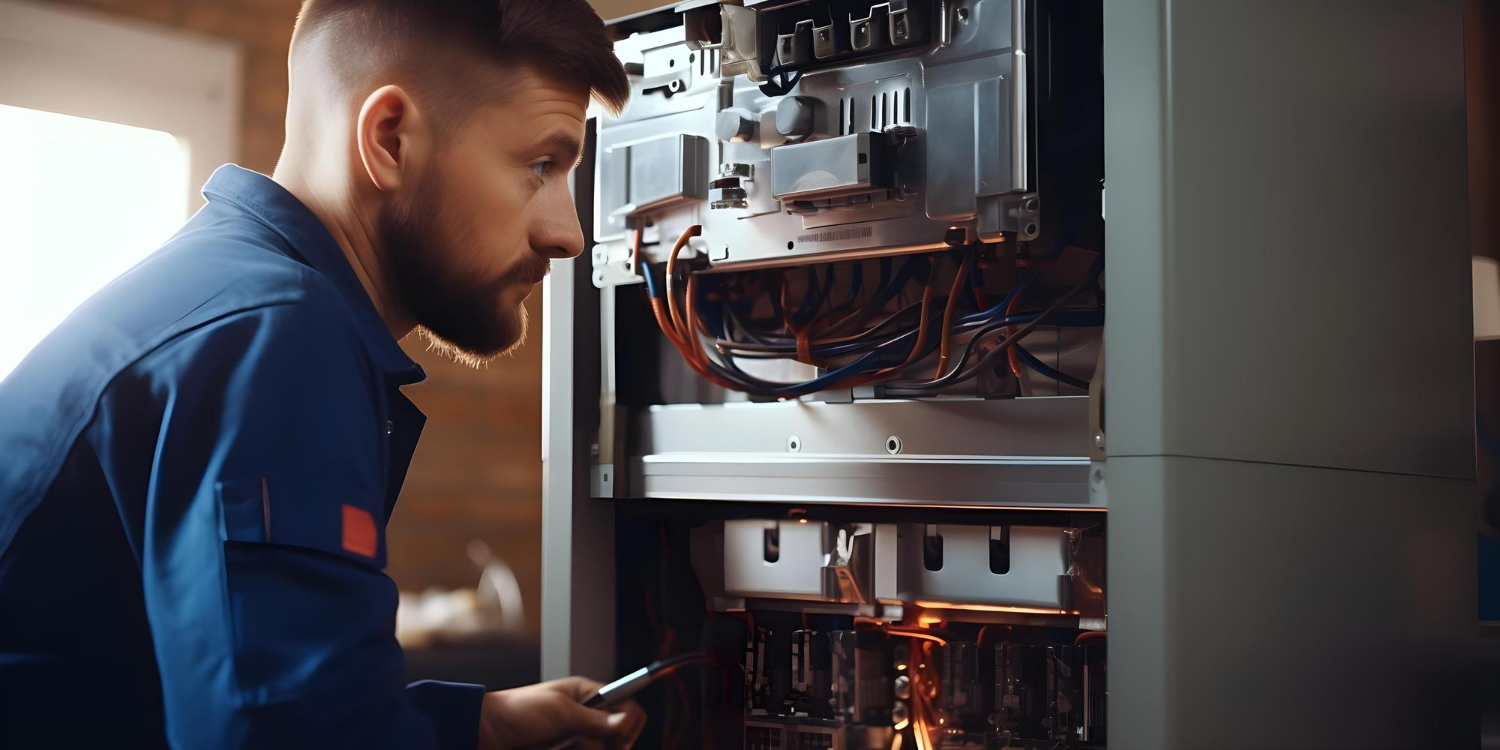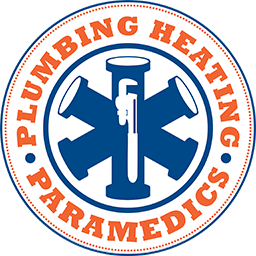
Furnace installation is a critical task that requires careful planning and execution. An efficient and properly installed furnace can significantly improve your home’s comfort and energy efficiency. If you’re considering a new furnace installation, understanding the detailed steps involved can help ensure the job is done right.
Preparing for Furnace Installation
Assessing Your Current System
Before installing a new furnace, it’s essential to assess your current system. This includes evaluating the age, efficiency, and performance of your existing furnace. Our professionals will check for issues like uneven heating, frequent repairs, and rising energy bills. Understanding the shortcomings of your current system helps in selecting a more efficient and reliable replacement.
Choosing the Right Furnace
Selecting the right furnace requires considering factors like the size of your home, energy efficiency ratings, and your heating needs. It’s important to choose a furnace that matches the heating load requirements to ensure optimal performance and energy savings. Our technicians can provide guidance on the best options, including models with advanced features such as variable speed blowers and high-efficiency filters.
Gathering Necessary Tools and Materials
Proper preparation is crucial for a smooth installation process. This includes gathering all necessary tools and materials, such as wrenches, screwdrivers, pipe cutters, and safety gear. Additionally, you’ll need to have the new furnace, thermostat, and any supplementary parts like duct adapters or venting materials ready. Ensuring all materials are on hand prevents unnecessary delays and complications during the installation.
Removing the Old Furnace
Shutting Down the Power and Gas Supply
Safety is a top priority when removing an old furnace. The first step involves shutting down the power supply to the furnace, typically done at the breaker box. Next, the gas supply must be turned off to prevent any leaks or potential hazards. Our technicians follow strict safety protocols to ensure the process is safe and efficient.
Disconnecting Electrical, Gas, and Duct Connections
Once the power and gas supply is secured, the next step is to disconnect the electrical wiring, gas line, and ductwork connected to the old furnace. This involves carefully labelling and detaching wires, pipes, and ducts to facilitate easy re-installation. Our professionals ensure all connections are safely and accurately removed to minimize the risk of damage.
Safely Removing the Old Unit
After disconnecting all necessary connections, the old furnace can be safely removed from its location. This process may require assistance to lift and carry the unit out of the home. Our technicians handle the removal with care, disposing of the old furnace according to environmental and safety regulations. This step prepares the space for the new furnace, ensuring a smooth transition.
Installing the New Furnace
Positioning the New Furnace
Positioning the new furnace is the first step in the installation process. Our professionals ensure the new unit is placed on a secure and level surface, which may involve setting it on a concrete pad or another stable base. Proper positioning is crucial for optimal performance and safety. The furnace must align correctly with existing ductwork and plumbing lines, ensuring seamless integration with your home’s heating system.
Connecting Electrical, Gas, and Ductwork
With the furnace in place, the next task is to connect the electrical wiring, gas lines, and ductwork. Our technicians carefully reattach the previously disconnected connections, ensuring they are secure and compliant with safety guidelines. Properly connected electrical wires are essential for the furnace to operate safely and efficiently. The gas line must be leak-free, and the ductwork should be tightly sealed to facilitate proper airflow. These connections are critical for the overall functionality and safety of the furnace.
Installing the Thermostat and Controls
The final step in installing the new furnace involves setting up the thermostat and controls. Our professionals install a compatible thermostat, which may include programmable or smart models for enhanced energy efficiency. Proper installation ensures the thermostat communicates correctly with the furnace, allowing for precise temperature control. The furnace controls are also checked to ensure they respond accurately to thermostat settings and other commands.
Post-Installation Steps
Testing the New Furnace
Testing the new furnace is an essential part of the post-installation process. Our technicians perform a series of checks to ensure the furnace operates correctly and efficiently. This includes running the furnace through a complete heating cycle to verify that it produces heat and distributes it evenly throughout the home. Additionally, safety features such as the shut-off mechanisms are tested to confirm they are functioning properly.
Conducting a Final Inspection
After testing, a final inspection is conducted to ensure all aspects of the furnace installation meet safety standards and manufacturer specifications. Our professionals inspect all connections, seals, and controls to confirm they are secure and function correctly. Any adjustments needed for optimal performance are made at this stage. This thorough inspection ensures your new furnace is ready for reliable operation.
Scheduling Regular Furnace Maintenance and Tune-Ups
An essential aspect of maintaining your new furnace is scheduling regular maintenance and tune-ups. Regular check-ups by our professionals help keep the furnace in optimal condition, preventing potential issues and extending its lifespan. Maintenance typically includes cleaning components, inspecting for wear and tear, and making necessary adjustments. By keeping up with regular maintenance, you can ensure your furnace operates efficiently and reliably throughout its service life.
Conclusion
Installing a new furnace involves several crucial steps, from assessing your current system to conducting final inspections. Proper preparation, careful removal of the old unit, and precise installation of the new furnace are essential for ensuring a successful upgrade. Post-installation testing and regular maintenance further enhance the system’s efficiency and durability.
For expert furnace installation and reliable maintenance, trust the professionals at Plumbing and Heating Paramedics. Our team is dedicated to delivering quality service and ensuring your home stays warm and comfortable. Schedule your new furnace installation in Chestermere with us today for peace of mind and exceptional performance.
Call us at (403) 452-2911 or Book Now an appointment.
Solving Persistent Toilet Bowl Filling Problems
Persistent toilet bowl filling problems can be annoying and wasteful, leading to higher water bills and potential damage to your plumbing system. Whether you're in Airdrie or elsewhere, tackling this issue promptly is crucial to [...]
Spring Air Quality Solutions for Your HVAC System
As spring approaches in Langdon, homeowners are often eager to enjoy the refreshing change in weather. However, along with the warmer temperatures, spring can also bring challenges related to indoor air quality. The increase in [...]
Proper Placement of Your Ductless Air Conditioning Units
Proper placement of ductless air conditioning units is often underestimated. By positioning these systems correctly, homeowners can significantly enhance their efficiency and comfort. In Chestermere, where summers can be warm and require effective cooling solutions, [...]






